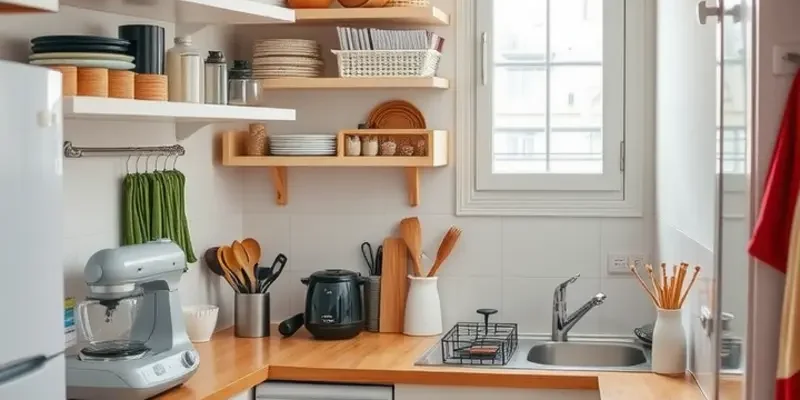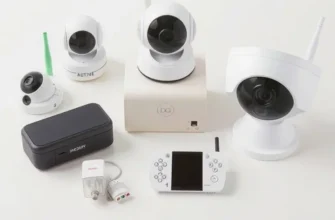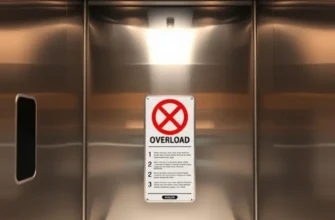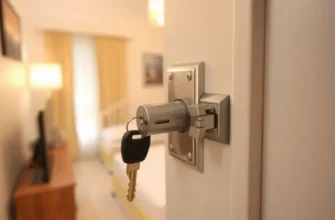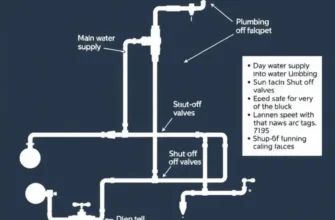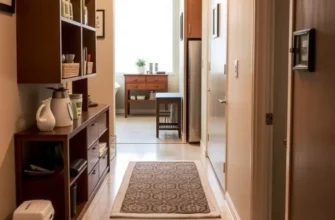For many renters across the U.S., the kitchen serves as the heart of their home— a place for meals, gatherings, and cherished moments. However, it’s crucial to recognize that the kitchen also harbors potential safety hazards that can affect your well-being and peace of mind. From cluttered counter spaces and sharp tools to flammable materials and electrical appliances, a little oversight can lead to accidents. Thus, understanding kitchen safety is paramount for creating a secure living environment. This guide aims to arm renters with practical, easy-to-follow tips to enhance safety in their apartments’ kitchens. Whether you’re preparing a simple snack or hosting a dinner party, you can find peace knowing your kitchen is a safe haven for you and your loved ones.
Assessing Kitchen Layout and Equipment
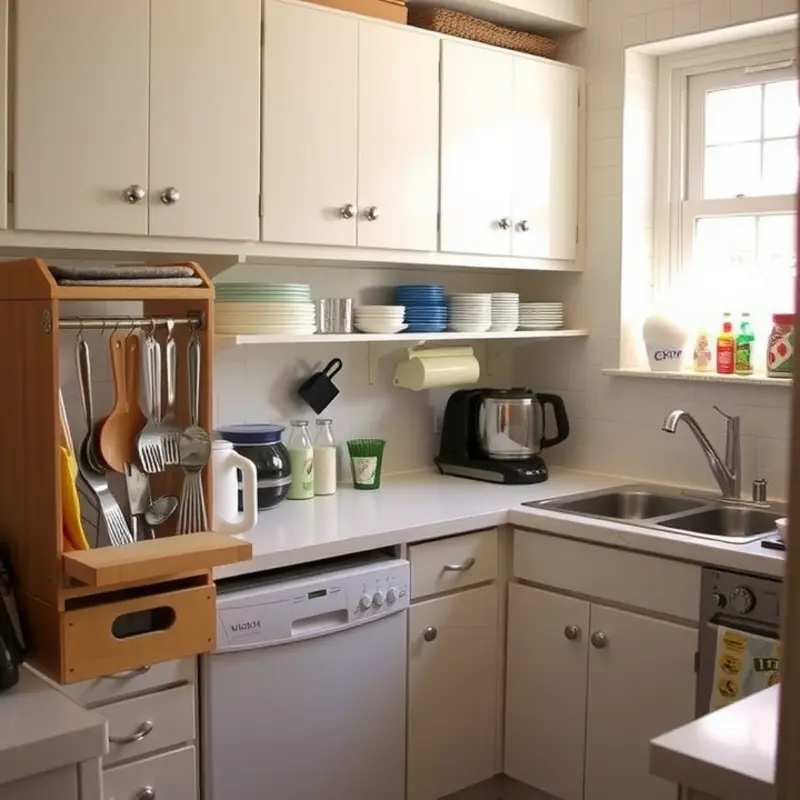
The kitchen is often considered the heart of the home, yet its dense layout and equipment may pose various hazards if not properly managed. Ensuring a safe cooking environment begins with carefully assessing the available space and how kitchen gadgets and tools are organized. Attention to detail in this area can significantly reduce the risk of accidents.
Declutter Countertops: Start by evaluating the items on your countertops. A cluttered counter can lead to spills or mishaps when you’re trying to juggle multiple cooking tasks. Keep surfaces free from non-essentials and only place items that are used daily within immediate reach. This simple move not only increases your work space but also reduces potential tripping points for spills.
Organize Kitchen Tools: Sharp implements like knives should never be left out loosely. Storing them properly in knife blocks or designated drawers can prevent cuts and keep curious hands at bay. Consider using drawer dividers for small gadgets and utensils, which not only aids in organization but also enhances safety by minimizing the risk of injury when reaching for items. Additionally, ensuring all cutting tools are well-maintained and sharp can mitigate slip-related accidents.
Check Electrical Outlets: Frequent use of electrical appliances in the kitchen necessitates a careful assessment of outlets. Make sure each outlet is appropriately covered and avoid daisy-chaining multiple appliances from one socket. Overloading can lead to arguments or, worse, electrical fires. For added safety, inspect appliance cords regularly for damage and replace those that show signs of wear.
Properly Store Flammable Materials: The kitchen contains many materials that can easily catch fire if too close to the stove or other heat sources. Items such as paper towels, oven mitts, and cleaning chemicals should be stored at a safe distance. Define a specific area for these items, keeping them organized and away from potential ignition points.
Evaluate Appliance Positioning: The arrangement of appliances can drastically impact kitchen safety. Ensure that your fridge, oven, and other large appliances have proper ventilation to prevent overheating. Regularly check for any signs of wear or potential faults, such as frayed cords or unstable parts. Thoughtful positioning not only boosts efficiency but also minimizes the risk of electrical or fire hazards.
For renters looking to make the most of compact spaces without compromising on safety, these steps offer a solid foundation. It’s also worth considering some creative solutions to kitchen layout problems. You might find inspiration in articles on cooking in tiny kitchens, which can provide insights into maximizing space while ensuring safety. By methodically assessing and adapting your kitchen for safety, renters can create a reliable and hazard-free cooking environment.
Implementing Safety Protocols While Cooking
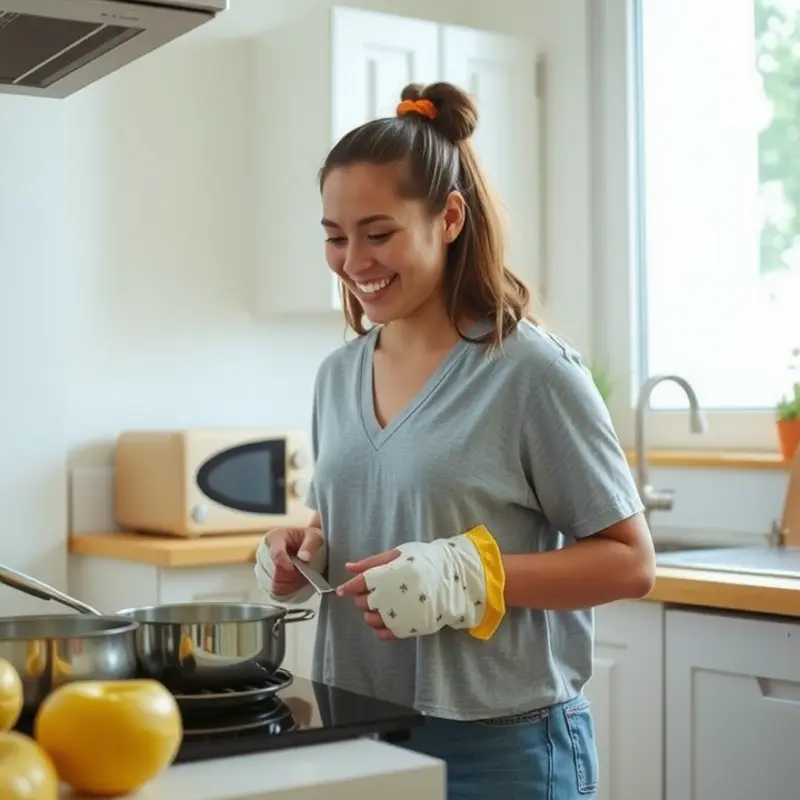
Once your kitchen is organized, the next step is to put safety protocols into practice when cooking. Here are some essential guidelines to keep in mind:
-
Stay Attentive While Cooking: This cannot be emphasized enough. It is vital to never leave your stove or oven unattended, especially when using oil or cooking at high temperatures. Unattended cooking is one of the leading causes of residential fires. Always focus on the task at hand until the cooking process is complete or put measures like timers to remind you.
-
Use Appropriate Cooking Gear: Safety gear in the kitchen is as crucial as the food itself. Oven mitts or potholders should always be used when handling hot pots, pans, or anything that could cause burns. Similarly, ensure that your clothing is not loose to avoid accidental contact with flames or hot surfaces. If you have long hair, keep it tied back neatly to prevent it from catching fire.
-
Know Your Fire Extinguisher Location: Every renter should know the exact location of their fire extinguisher. It is not enough just to know where it is; ensure it’s easily accessible and regularly checked for proper functioning. Apartments sometimes have shared safety equipment, so confirm with your landlord about the protocol for using them.
-
Employ Safe Knife Techniques: Sharp knives are safer than dull ones because they require less pressure and have more control. However, proper knife handling techniques are essential. Always cut away from your body and keep your fingers tucked under while slicing. Use a stable, non-slip cutting board to prevent accidents. Remember, a steady surface can significantly reduce the risk of cuts.
-
Educate Household Members: Kitchen safety is a shared responsibility. Make sure every household member knows the kitchen’s safety rules. Educate them on the importance of reporting spills immediately to avoid slips and falls. Encourage them to speak up if they need help with difficult tasks, and ensure they know the basic emergency procedures.
One of the key aspects of maintaining kitchen safety is creating an environment where everyone is vigilant and informed. By adhering to these protocols, renters can significantly reduce the risks of kitchen accidents and foster a safer cooking environment. For those living in smaller spaces, such as studio apartments, adapting these principles can be challenging but not impossible. Consider checking out some helpful tips on maximizing kitchen efficiency and safety here.
Final words
Creating a safe kitchen environment in your apartment is essential for both your well-being and that of your family. By assessing your kitchen layout and implementing clear safety protocols, you can significantly minimize risks and enhance your cooking experience. Remember, safety is an ongoing effort, and regular checks will ensure that your kitchen remains a safe haven. Whether you’re a seasoned chef or a beginner, following these guidelines will help safeguard against accidents, allowing you to focus on what truly matters: enjoying delicious meals and creating lasting memories.

